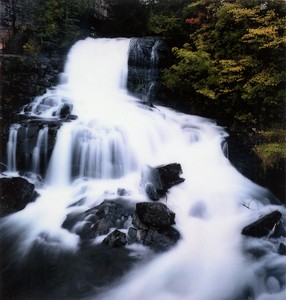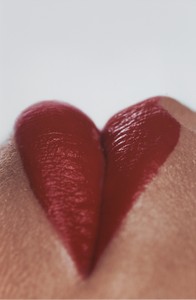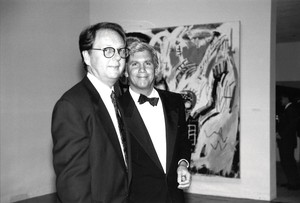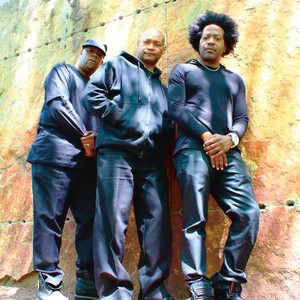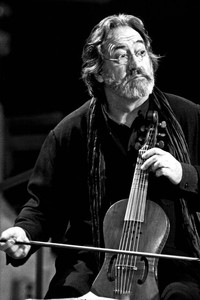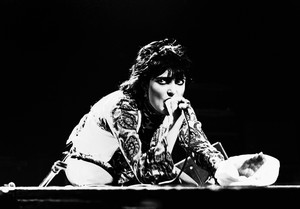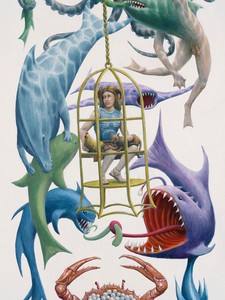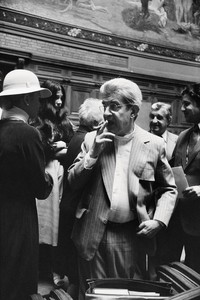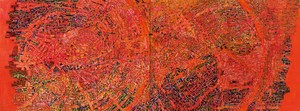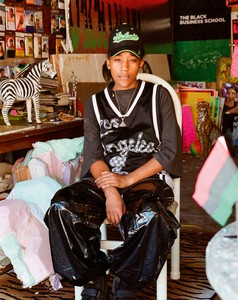Piotr Uklański’s artistic terrain is a quasi-ethnographic exploration of the materials associated with craft, folk, and visual culture. Known for his artisanal and meticulously handmade approach to aesthetics, materials such as ceramics, fiber art, embroidery, construction paper, and ink and crayons all come together to form alternative avenues to painting. Every undertaking, every medium, and every technique is given a meta-treatment—Uklański uses medium as genre. In his varied bodies of work, the viewer is shown a thorough and generous taxonomy, like a pantone sample of all outcomes that the selected medium can accomplish in true-to-form fidelity. The presence of the artist’s hand remains spectral, seemingly mass-produced.
In the Metropolitan Museum of Art’s newly opened exhibition entitled Piotr Uklański: Fatal Attraction the artist uses the medium of photography as agent. Sex and death, different poles of the human experience, pervade the survey that covers two decades of the artist’s extensive foray into photography. The show includes an artist-curated selection of works from the Met’s own collection. Framing works through technical and cultural contexts, Uklański’s image-making practice demonstrates both a promiscuous theft of the pre-existing, and the mythological ability of the medium of photography to capture the subject’s essence.
A series entitled The Joy of Photography, the title of which refers to a publication from the company Eastman Kodak, acts as a conceptual pivot for the artist’s interest in photography. The original publication served as an introduction to the technical practice of photography for many artists and amateur photographers—the book was a technical bible for a generation. A pantheon of photographers, from Magnum to mainstream fashion analyzed iconic compositions, revealed their secrets and offered methods for alchemical manipulation.
Looking at the exhibition these hallmarks and technical exercises appear in an exact rendering, creating a confused sense of authorship. Images like Untitled (Waterfall) or Untitled (Flowers) have a generic anonymity and seem like found inventory from the art gallery in the local mall. Nature and cityscapes explore high contrast plays with light, reflection and shadow, whereas other imagery moves towards an ethereal blur, presenting colorfully out-of-focus puddles of flora. The humor is dry; Uklański is proving his deft capability with the camera, having taken the tutorial to a literal and structuralist extreme. Like a catalogue of possible aesthetic identities, The Joy of Photography gave artists avenues and techniques to develop personal style: Uklański chose all of them.
In this sense, his practice has always circled the building blocks of visual literacy and its varied typologies. The grouping pulled from the Met’s collection runs the gamut of timeless tropes of looking and being looked at, from keyhole to casting couch, cradle to casket. While demonstrating layers of photographic history located within art, popular culture or in the medium itself, the artist even indexes his own heritage by including a ramshackle salon of images of Polish neo avant-garde art from the 1970s. Even for the avid contemporary art enthusiast, this parallel art history is a contrast to the highlights selected from the Met, and demonstrates an effort to collapse cultural vernacular into a how-to manual.
With framing and darkroom effects now a swipe and tap away, the overall project stands as a memento mori to the oedipal mentor of Eastman Kodak, and to photography as spirit medium. Uklański is disguised as an anthropological shutterbug, camouflaged in stock photography, a sublimation that reveals an empirical endgame of perfection, both storied and D.I.Y. Fatal Attraction is the artist’s own riff on the many possible deaths of the author to liberate the medium. Point and shoot.

